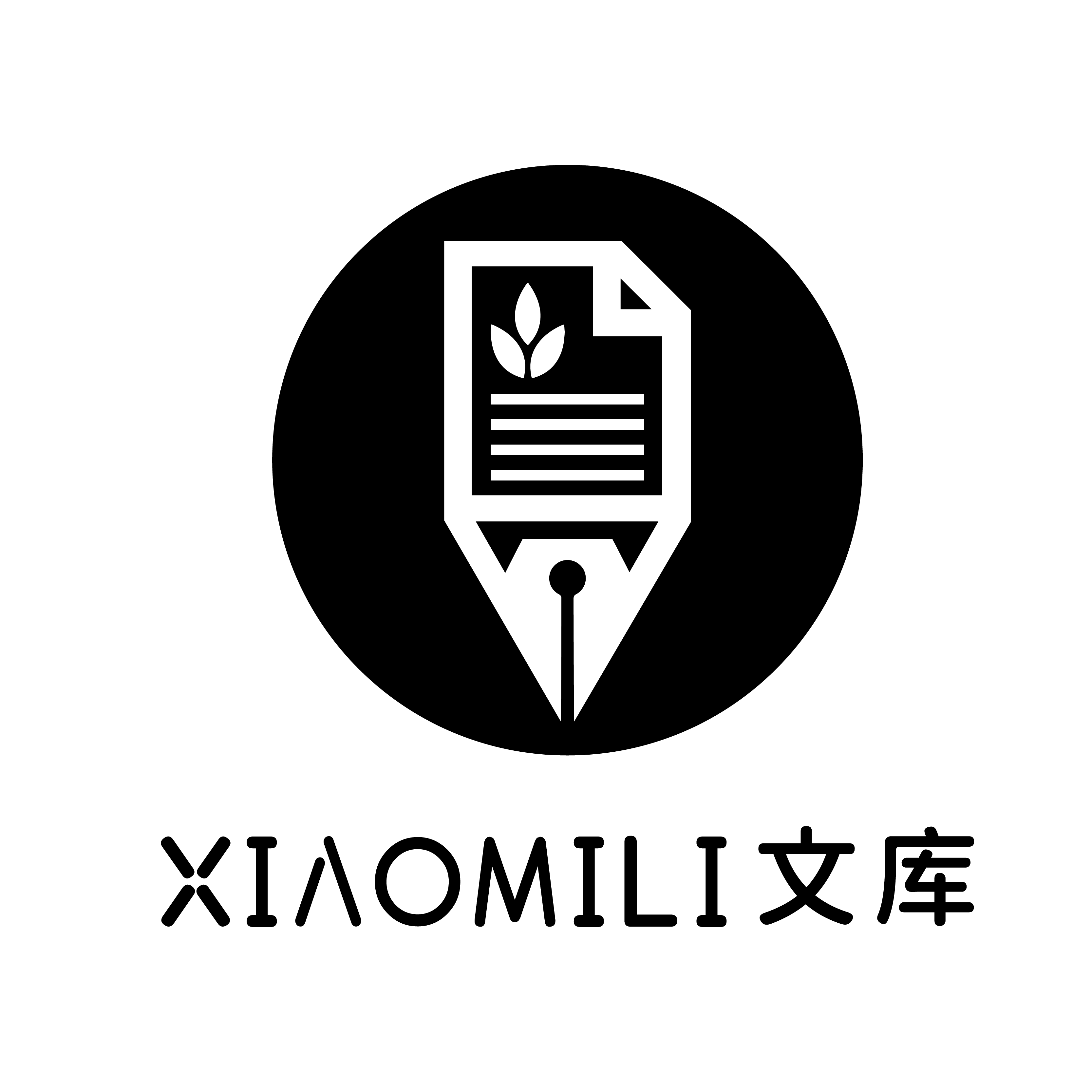§16-3 配合物的化学键理论The Chemical Bond Theories of Complexes 配合物的化学键理论处理中心原子(或离子)与配体之间的键合本...
§16-2 配位化合物的同分异构现象The Isomerism of Complexes一、总论: 1.Definition:凡是化学组成相同的若干配合物,因原子间的连...
第十六章 配位化合物Chapter 16 The Coordination Compounds 最早的配合物是偶然、孤立地发现的,它可以追溯到 1693 年发现的铜氨...
§15-3 镓分族Gallium Subgroup一、General PropertiesGa、In 的氧化数为+3,Tl 的氧化数为+1Gallium, indium and thallium 是稀...
§15-2 铝及其化合物Aluminum and its Compounds 铝是两性金属,有钝化性。 Al2O3 有两种变体, Al2O3 称为刚玉,非常致密,硬...
第十五章 硼族元素Chapter 15 The Boron Family ElementsBoron (B) Aluminum (Al) Gallium (Ga) Indium (In) Thallium (Tl)...
§14-3 锗分族The Germanium Subgroup一、General Properties 从 Ge 到 Pb +2 氧化态稳定性增大 从 Pb 到 Ge +4 氧化态稳...
§14-2 硅及其化合物Silicon and its Compounds一、General Properties 1.由于 Si 的原子半径大、电离能低、电子亲合能和极化率高...
第十四章 碳族元素Chapter 14 The Carbon Family ElementsCarbon (C) Silicon (Si) Germanium (Ge) Stannum (Sn) Plumbum (...
§13-3 砷分族The Arsenic Subgroup一、General Properties As、Sb、Bi 的氧化态一般为3,+3 和+5,由于 6s2惰性电子对效应,所...
§13-2 磷及其化合物Phosphorus and its Compounds一、General Properties: 1.磷原子的成键特征 (1) 形成 P3离子化合物 e.g....
第十三章 氮族元素Chapter 13 The Nitrogen Family ElementsNitrogen (N) Phosphorus (P) Arsenic (As) Antimony (Sb) Bismu...
§12-2 硫及其化合物Sulfur and its Compounds一、The Simple Substance 1.在自然界中存在天然的单质硫,主要在火山区,这是因为 ...
第十二章 氧族元素Chapter 12 The Oxygen Family ElementsOxygen (O) Sulfur (S) Selenium (Se) Tellurium (Te) Polonium (...
§11-3 溴分族Bromine Subgroup (Br、I、At)一、General Properties 1.溴分族元素的氧化态为1、+1、+3、+5、+7,其中1 和+5 ...
电解第十一章 卤素Chapter 11 The HalogensFluorine (F) Chlorine (Cl) Bromine (Br) Iodine (I) Astatine (At)F、Cl 是本族...
§10-3 碱土金属及其化合物Alkali-earth Metals and their Compounds Beryllium (Be) Magnesium (Mg) Calcium (Ca) Strontium...
§10-2 碱金属元素及其化合物Alkali Metals and their Compounds Lithium (Li) Sodium (Na) Potassium (K) Rubidium (Rb) Ce...
第十章 氢、碱金属和碱土金属Chapter 10 Hydrogen、Alkali and Alkali-earth Metals§10-1 氢及其化合物Hydrogen and its Compou...
§6-3 氧化-还原平衡和还原电位的应用The Redox Equilibria and Applications of Electrode Potentials一、判断 Redox Reaction...

